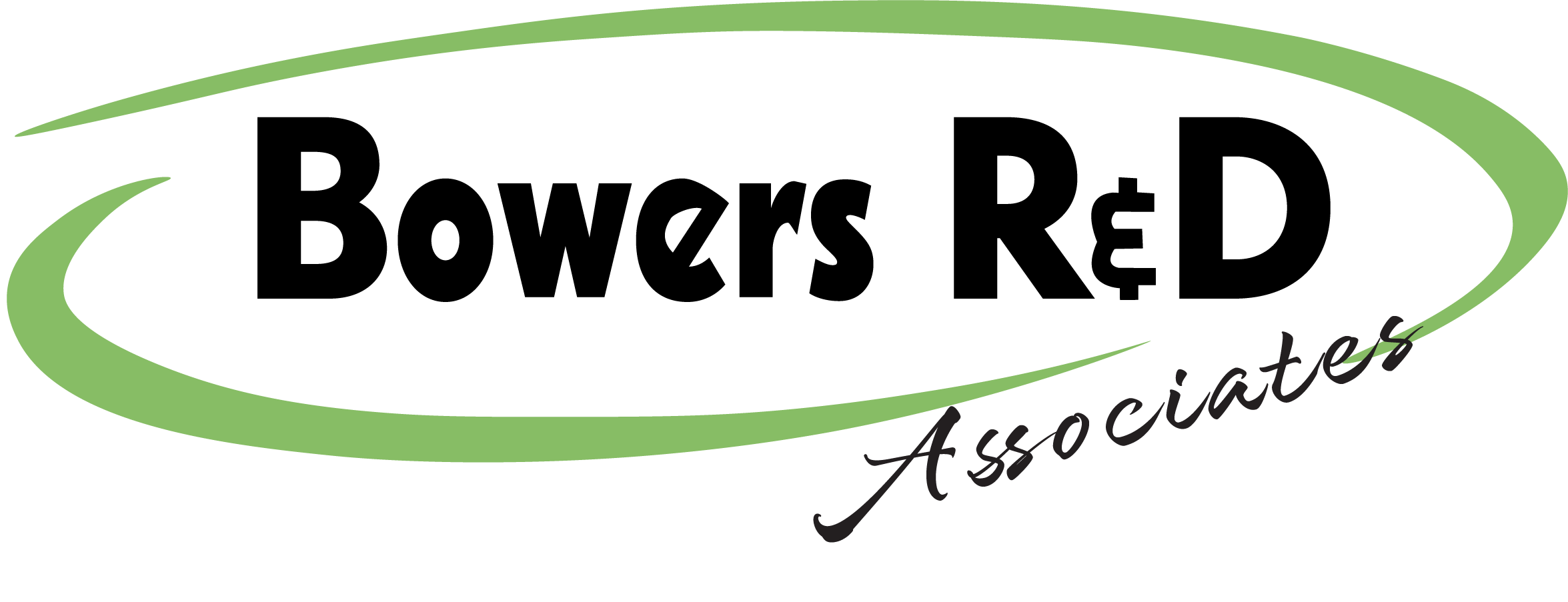President Trump has imposed a wave of new tariffs on Mexico, Canada and China as reported by CBS. Trump’s tariff plan may have been implemented to protect American businesses, but these financial tools could reap unintended consequences.
Keep reading to learn more about tariffs and how they could affect your business.
What Are Tariffs?
Taxes levied on imported goods at a country’s border are called tariffs, and these are broken down into two types:
- Specific Tariff: A fixed fee set on types of imported items, i.e. a $2,000 tariff on vehicles.
- Ad Valorem Tariff: A tax levied based on an item’s value, i.e. 10% of a car’s value.
Governments historically have used tariffs to increase revenue collection, but they can also serve as a means to protect domestic producers.
How Tariffs Protect Domestic Producers
Tariffs increase the price of imports from other countries. When the prices of imported goods rise, American consumers, in theory, are encouraged to purchase less expensive, domestic products.
While buying more domestic goods sounds like it would benefit American companies, remember that the United States is part of a global economy. This means that even products made in the US could be produced with parts that are obtained from foreign manufacturers.
It is important to understand that tariffs affect product pricing for domestic goods as well as those imported from abroad.
Is President Trump’s Tariff Plan Bad for Business?
AP News reports that businesses ranging from medical supply manufacturers to apparel companies are already bracing for the increased costs that American consumers will have to pay due to these tariffs.
Since tariffs increase the cost of imported goods, you, the consumer, will face a higher price tag when purchasing goods. This applies to domestic goods as well if those goods have been made with any parts of foreign origin.
Of course, if you are a domestic producer who only uses materials made in the US to create your goods, tariffs could make your products cheaper compared to those of international competitors.
Unfortunately, small business owners who rely on imported materials will face economic constraints.
In addition, US companies that export products internationally could also be impacted if other countries engage in a trade war and increase the cost of incoming US-made goods.
What Tools Can Counteract the Negative Effects of Tariffs?
When faced with tariffs that could impact your revenue stream, it is necessary to take advantage of every financial tool available. There are resources like tax credits, grants, and tax deductions that are designed to reduce your tax burden.
Click here to find financial tools for minority-owned businesses.
While the aforementioned resources may not be able to drive down costs, they can provide relief in other areas of your business.
With a Federal R&D tax credit, for example, a business owner investing in new product development could recoup 7-10% of her R&D costs. This credit can then be used to reduce her upcoming payroll tax costs or be immediately utilized to reduce how much she pays in revenue tax.
R&D tax credits are often available at the state level too and a variety of industries could qualify. Some of these industries include:
- Agtech
- Life Sciences
- Biotech
- Deftech
- Manufacturing
- Food Manufacturing
Could an R&D tax credit be right for you? Contact the Bowers R&D Tax Credit team today for a free consultation.
Trump’s Tariff Plan: What You Need to Know
Consumers will face higher prices as US companies adjust to the increased costs of foreign parts needed to produce domestic products. Increased prices could keep consumers from spending and, in turn, hurt your business’ bottom line.
Luckily, you can implement tools that could provide relief to other areas of your business with the use of tax deductions and tax credits.

